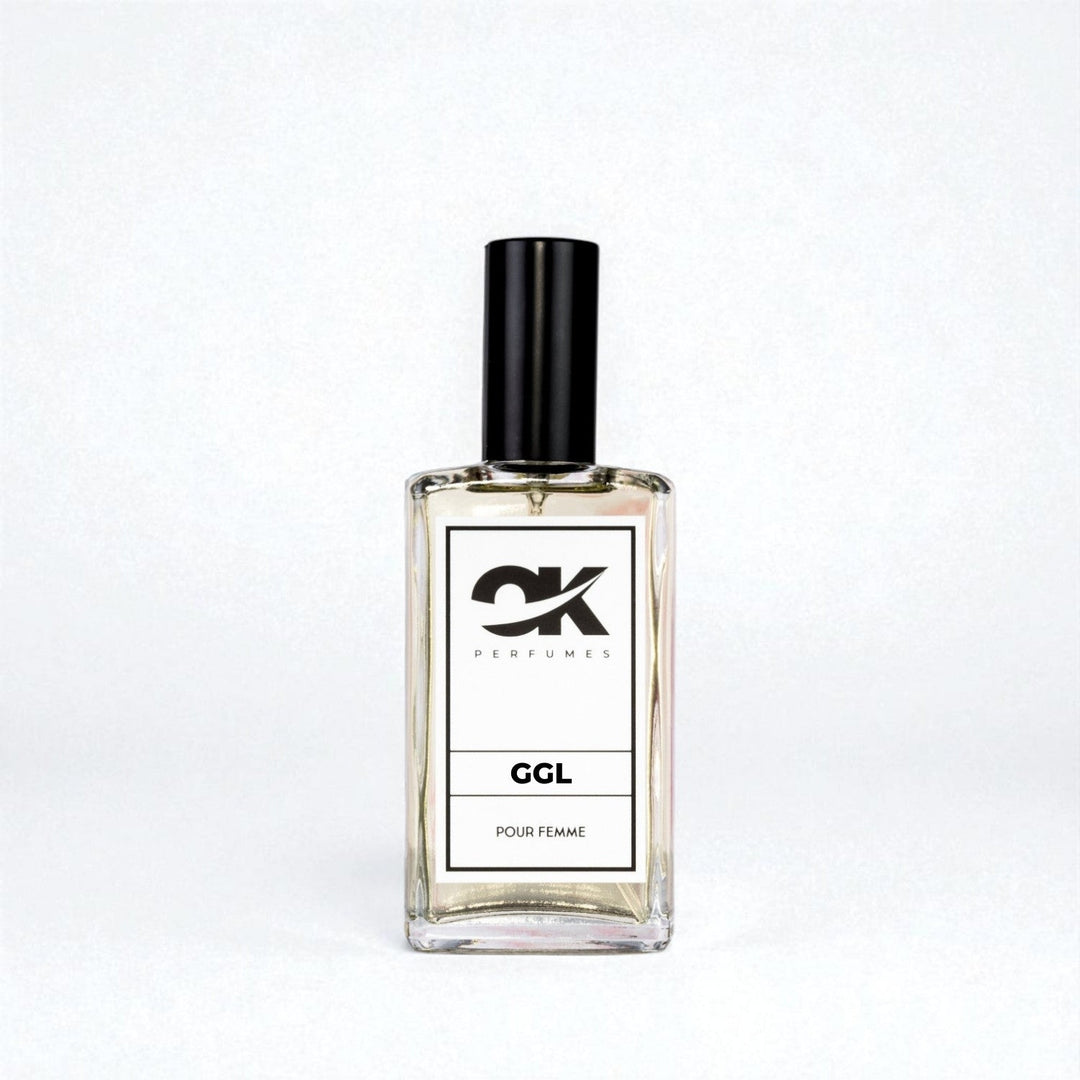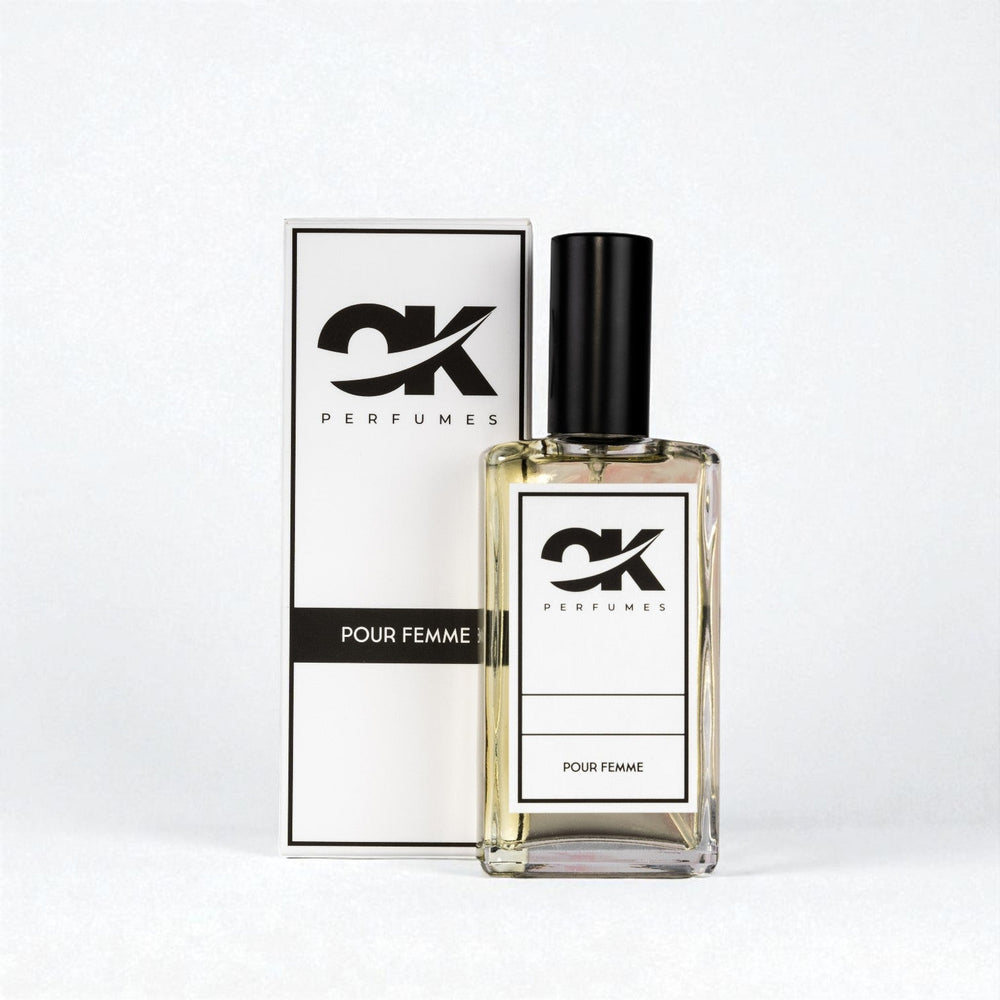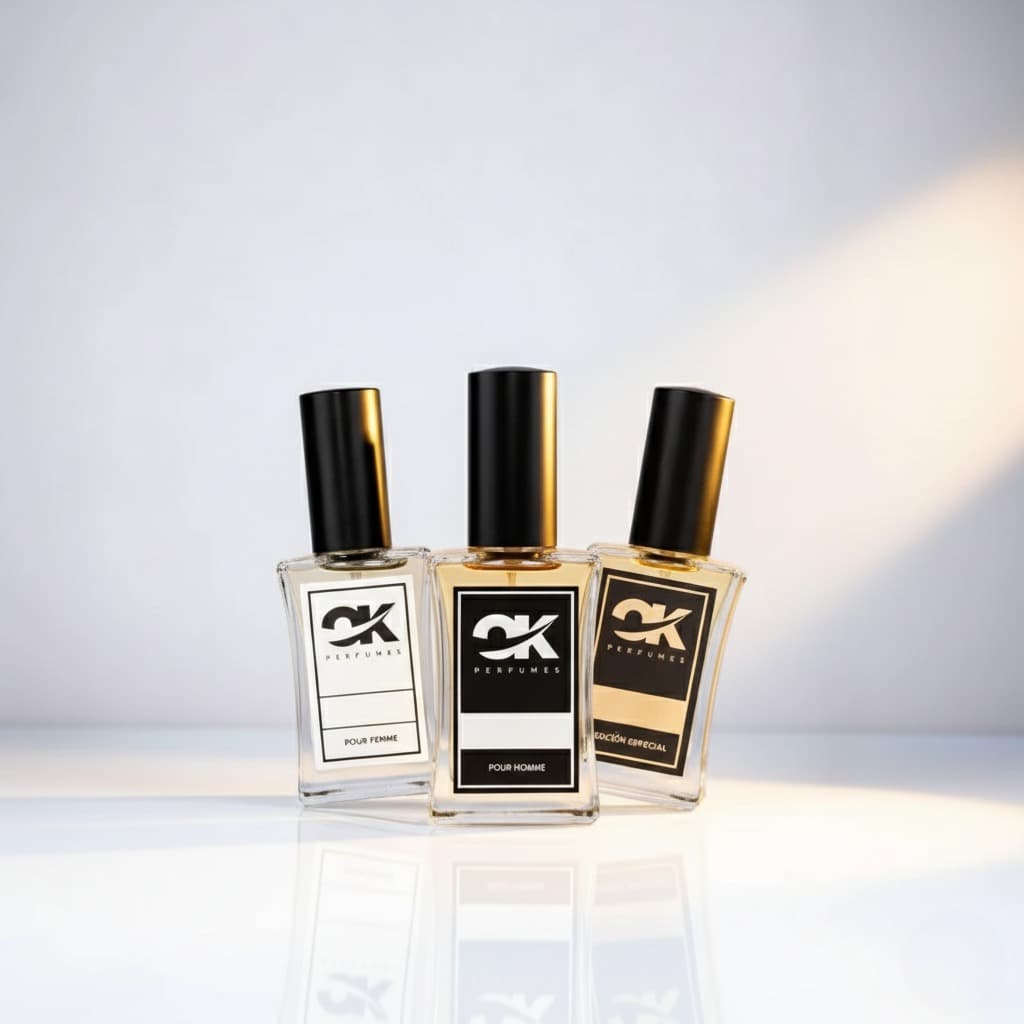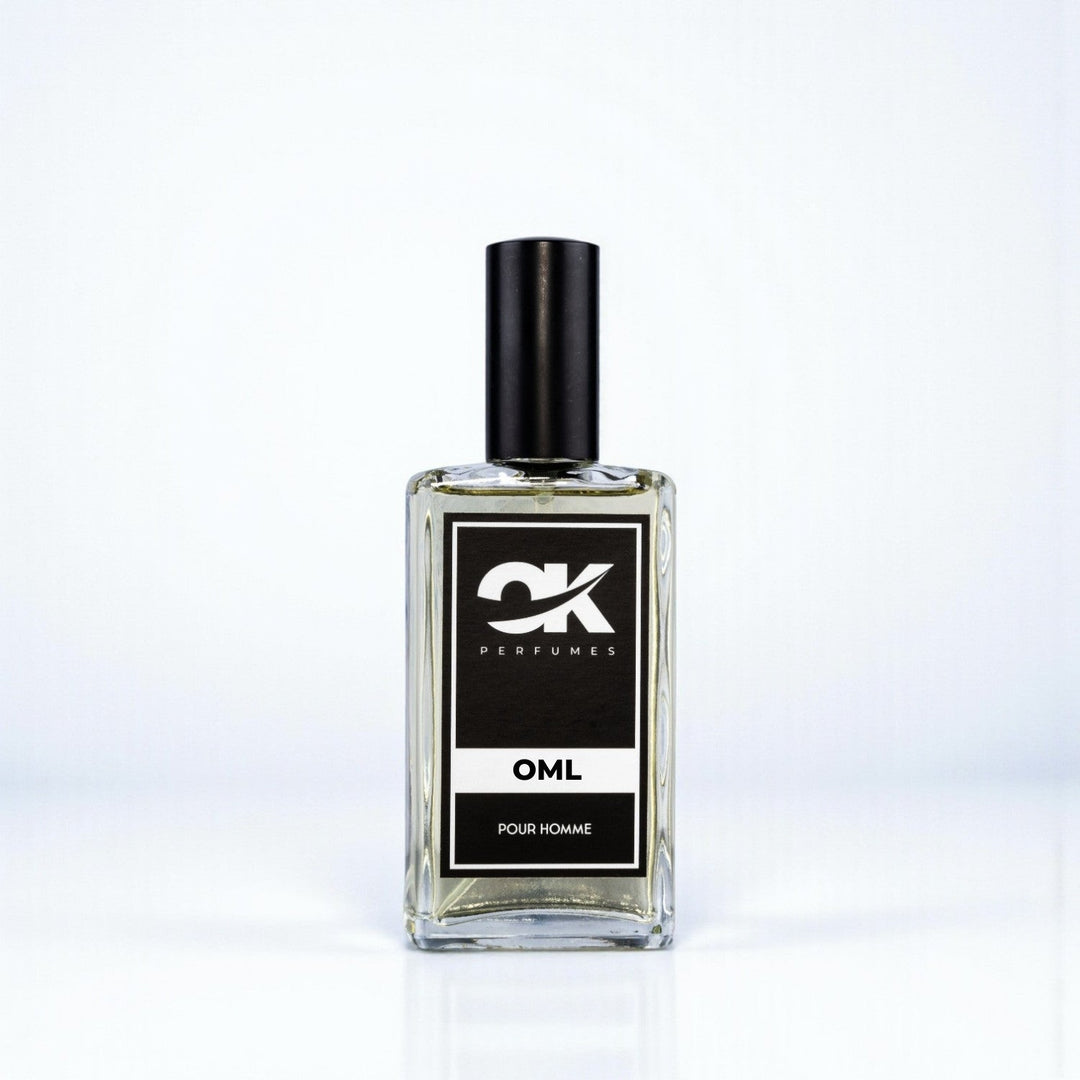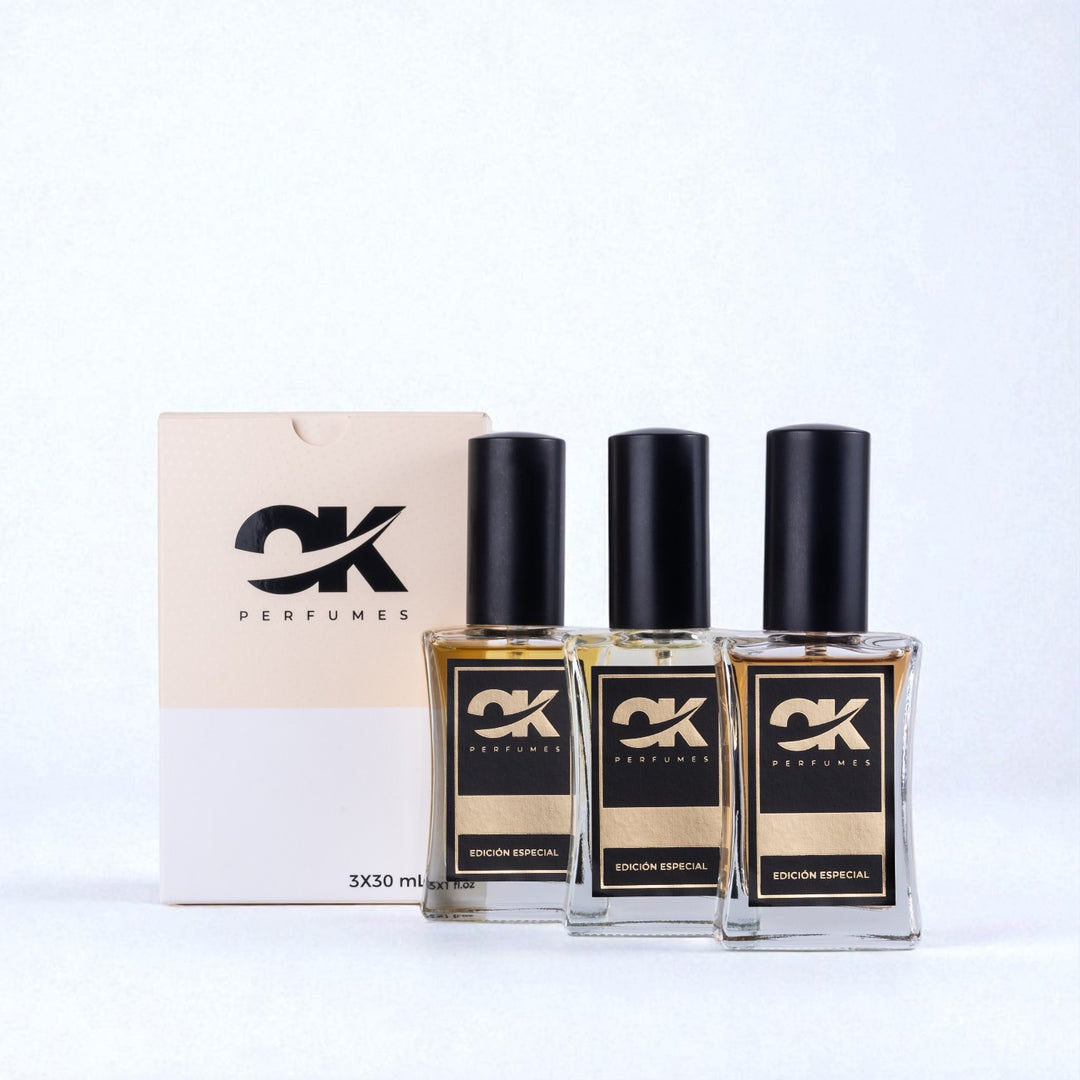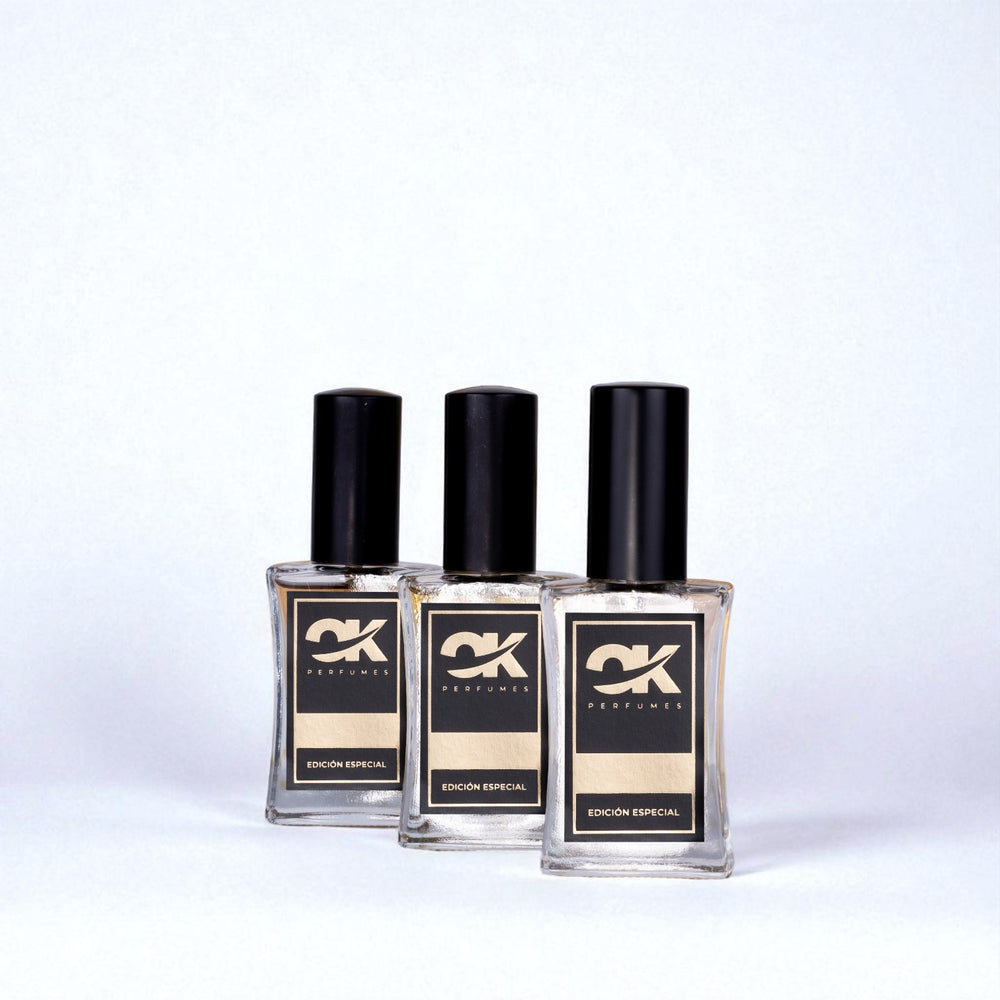Discover the Best Techniques to Identify Notes in a Perfume
Perfumes are an olfactory art form that can evoke emotions, memories, and sensations. The ability to identify notes in a perfume is essential for every fragrance lover. In this article, we'll explore the best techniques for identifying notes in a perfume, allowing you to not only enjoy your favorite fragrances more, but also make more informed choices when looking for quality and price .
What Are the Notes in a Perfume?
Perfume notes are classified into three categories: top notes, middle notes, and base notes. Each of these notes plays a crucial role in the experience of the perfume.
Top Notes
Top notes are the first thing we notice when applying a perfume. They are usually light and fresh, like citrus or fruit. These notes are designed to capture attention and create a positive first impression.
Heart Notes
The heart notes, also known as the middle notes, are the ones that dominate the perfume once the top notes evaporate. They tend to last longer and are generally more complex, often with floral or spicy notes. These notes form the main character of the perfume.
Base Notes
Base notes are those that linger on the skin long after the perfume has been applied. These notes are usually heavier, such as wood, amber, or musk. Their function is to give depth and longevity to the perfume, making it feel more complete.
Techniques for Identifying Notes in a Perfume
Learning to identify the notes in a perfume can be a fun and rewarding process. Below, we present some techniques to help you on this olfactory adventure.
1. The 3-Step Rule
A basic technique for identifying notes in a perfume is to follow the three-step rule:
- Application: Apply the perfume to your skin. Avoid rubbing the fragrance in; simply let it sit.
- Observe: Wait a few minutes for the top notes to evaporate and begin to identify the middle notes.
- Appreciation: After about 30 minutes, you can smell the base notes. Take note of how the fragrance evolves.
2. Use Scent Strips
Scent strips are an excellent tool for identifying perfumes and their notes. Spray the perfume on the strip and sniff. Keep in mind that the olfactory experience varies from skin to paper, so it's a good idea to try both methods.
3. Try Different Fragrances
The best way to develop your sense of smell is to try and compare different perfumes . As you do so, try to identify common notes and differences. Keep a journal to record your impressions, which will help you remember which notes you like best and which ones you'd rather avoid.
Learning about Fragrance Equivalence
Fragrance equivalency refers to the ability of some perfumes to replicate the scent of other luxury perfumes at a more affordable price. This can be an excellent option if you want to experiment with new notes without compromising your budget.
4. Research Common Notes
Some ingredients are very common in perfumery. Research these raw materials and learn to identify their olfactory characteristics. Some examples are:
- Jasmine: A sweet floral scent that is often part of the heart notes.
- Vanilla: A warm and comforting note often found in base notes.
- Citrus fruits: such as lemon and bergamot, which are typical in the top notes.
5. Attend Perfumery Events
Participating in perfumery fairs and workshops will allow you to interact with experts in the field. These activities may offer fragrance testing, as well as opportunities to learn about the technologies and processes behind perfume creation.
The Importance of Quality in Perfumes
When it comes to perfumes, quality is key. A quality perfume not only has well-balanced notes, but also has better longevity and projection.
6. Recognize the Concentration of the Perfume
Perfumes come in different concentrations, which affect the quality and duration of the fragrance:
- Parfum: The highest concentration, contains between 20% and 30% essential oils.
- Perfume Extract: Contains approximately 15% to 25% oils.
- EDT (Eau de Toilette): Less concentrated, around 5% to 15% oils.
7. Read Reviews
Before making a purchase, read reviews and comments from other users about the perfume you have in mind. Other people's experiences can help you better understand the product's notes and quality.
Exploring the World of Perfumes
The world of perfumes is vast and exciting. Identifying the notes in a perfume can open you up to new olfactory possibilities and purchasing options. Here are some additional tips for further exploration:
8. Create Personal Combinations
Experiment with combining different perfumes to create your own unique fragrance. This will give you a deeper understanding of how notes combine and help you identify your favorites.
9. Educate Your Senses
Developing your olfactory skills takes time, but it can also be incredibly fascinating. Attend workshops or courses on aromatherapy and perfumery to learn about the different notes and how they combine.
Time to Put It into Practice
Now that you know the best techniques for identifying notes in a perfume, it's time to put what you've learned into practice. Remember that the art of perfumery is subjective; what works for one person may not be the same for another. Be patient and enjoy the journey.
Explore your perfume collection, compare notes, and discover their quality . Be sure to always look for the best comparison in terms of quality and price . Over time, your olfactory skills will sharpen, and you'll be able to identify the fragrances you truly love.
Become an expert at identifying perfume notes and transform the way you shop for and enjoy fragrances. Happy searching for your perfect scent!
Explore the Shopify store of a user by clicking here . Keep in mind that this is a promotional link, and we are not responsible for the content on the linked store.






